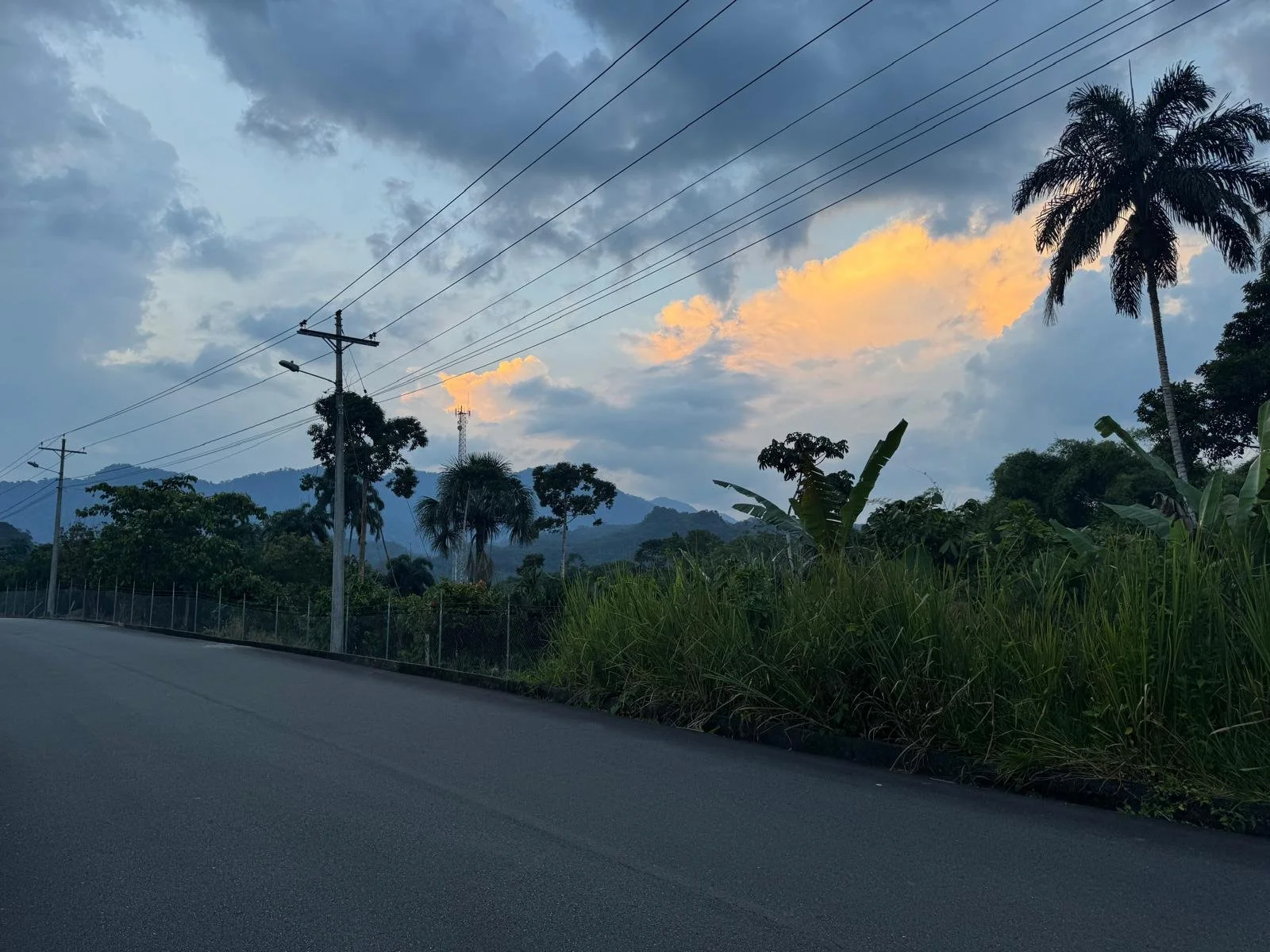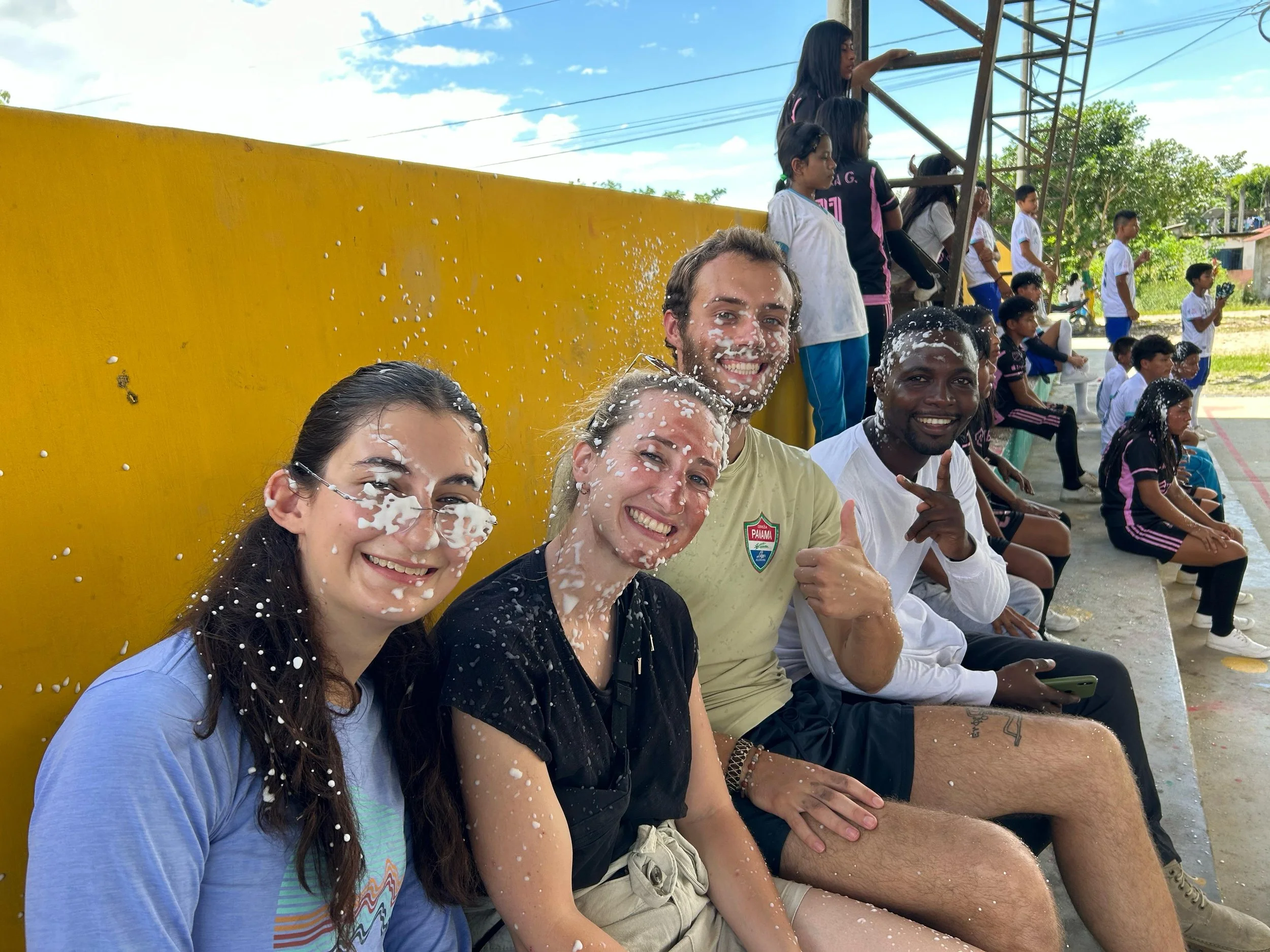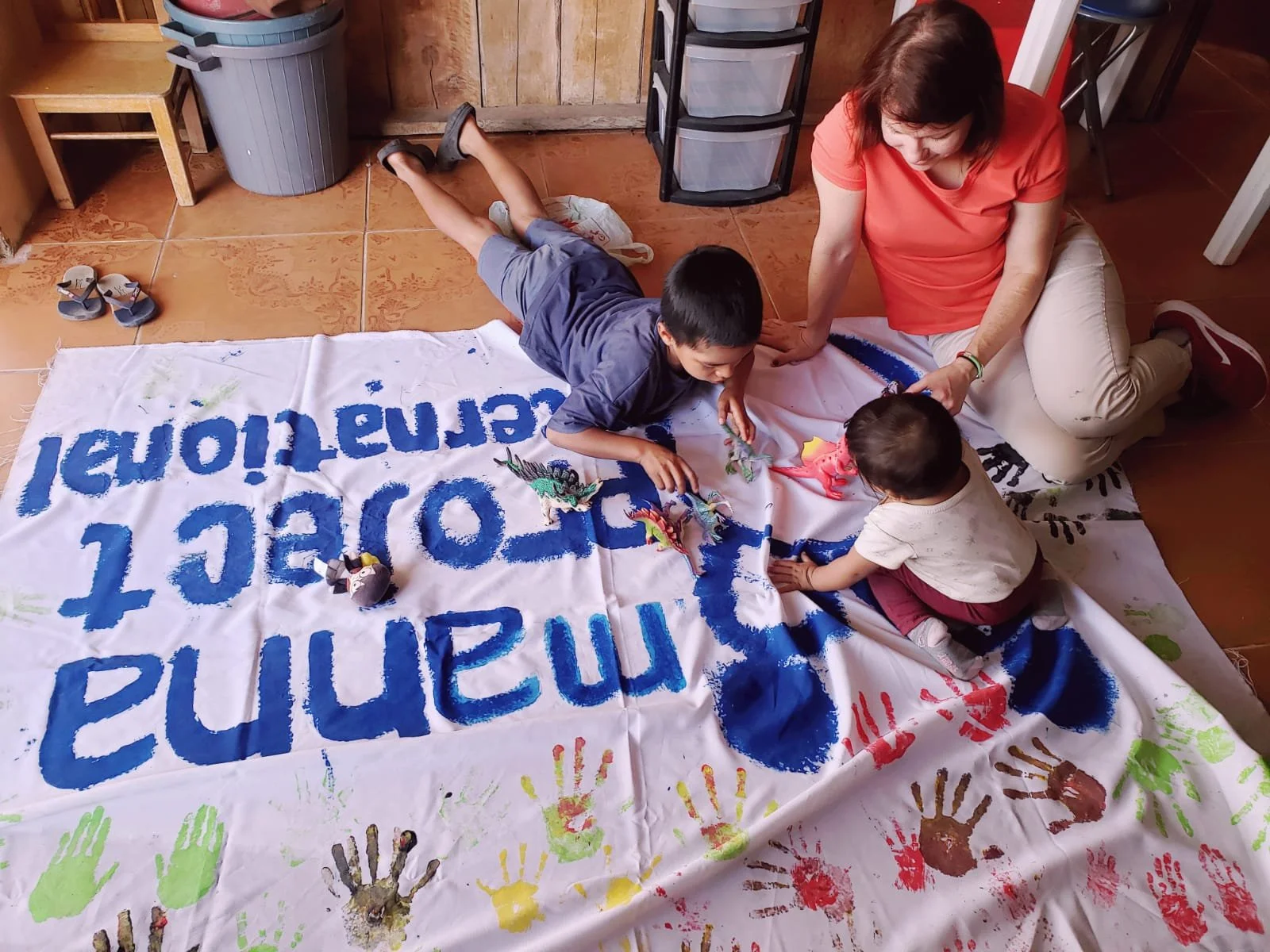While Ecuadorians celebrate New Years, Easter, Independence Day, and Christmas, no holiday generates quite as much excitement, anticipation, silliness and overall hype as Carnaval. As a foreigner, I had absolutely no idea what to expect, in fact, I did not really even know what Carnaval was – and, boy, did I soon find out!
Historically, Catholics have celebrated Carnaval as a time to indulge in life’s pleasures before a period of solemnity, frugality and fasting in remembrance of Jesus’ suffering on the cross before his death. Therefore, countries around the world celebrate Carnaval with extravagant festivals, elaborate parades, lavish costumes and wild parties in order to “live it up,” so to speak, before the solemn period of Lent. For example, think of Mardi Gras in New Orleans, a masquerade festival in Venice or a flashy parade in Rio de Janeiro. While the Ecuadorian Carnaval l may find some roots in Catholicism, a large part of the festivities stem from ancient, indigenous traditions. To commemorate the end of the solar year, certain indigenous tribes would celebrate by throwing decorative flowers, cooking flour and perfumed water into the air. Over time, these indigenous customs were incorporated into the Ecuadorian Carnaval to create an experience unlike any other.
Nowadays, the indigenous practice of tossing up flowers, flour and water has transformed into an all out water war amongst friends, family and pretty much anyone you see on the street. But the battle doesn’t end with water. In some regions, as in Amaguaña, a farming community just outside of Quito, people douse each other with water, flour, foam, paint and even eggs! For many years, there were no rules about “playing Carnaval.” You could get completely soaked walking down the street, at work, on the bus, anywhere. However, in recent years, new regulations prevent people from playing Carnaval in buildings or on public transportation and from soaking strangers. In fact, to conserve water, local authorities encourage the people to use carioca, essentially shaving cream, instead of water (but, as with most laws, the further away you get from the city, the less the regulations are followed!)
Carnaval in Ecuador varies from city to city. One of the most famous Carnavals is in Guaranda, located in the Bolivar province, which is about four hours from Quito. People travel from all around the country to enjoy the colorful, lively parades of this Andean city. In Guaranda, one can experience the unique combination of indigenous and mestizo folk music, art and dance, drink the traditional “pájaro azul” liquor, and take part in one of the most fun street parties of the entire country. A different style of carnaval celebration takes place in Ambato, a nearby town in la Sierra. Here, the people call the celebration, “La Fiesta de las Flores y de las Frutas.” because the floats of the parade are exclusively decorated with flowers and fruit. On the coast, like in Esmeraldes, Carnaval displays the beauty of the Ecuador’s African American heritage. The parades, food, music, and dancing all reflect the country’s afro-indigenous customs and traditions.
In order to escape the cold of the sierra, we decided to travel to the small beach town of Montañita for our vacation. Little did we know, but what seemed like all of Ecuador was also vacationing in Montañita that weekend as well! Needless to say, the beaches were absolutely packed! For a good chunk of the weekend we squeezed our towels between our fellow beach goers, soaked up the sun and cooled off in the refreshing waves of the Pacific. In town, we found about every type of local and foreign cuisine that you can think of. Street venders sold tons of Ecuadorian food such as tortillas, menestras, pinchos, ceviche, sopas de mariscos, empanadas, juices and smoothies.
During the day, Montañita appeared to be a chill, little surf town on the coast, but, at night, it transformed altogether. The streets were packed with people of all ages buying food from vendors, shopping at the artisanal art stands, and, of course, playing Carnaval. The first night, we were completely unarmed and unprepared. Only one of us had carioca (the foam spray) and, as foreigners, we were even greater targets. So, not surprisingly, we all got completely soaked with water and carioca (luckily flour and paint are not as widely used on the coast). We learned our lesson that night and from then on came armed and ready for battle. Every night, we sprayed each other and random strangers on the beach, in the streets and even in the clubs. All in all it was a great, cultural experience. Plus, as a prankster at heart, I had so much fun sneak attacking people with carioca! All in all, it was a fun, relaxing weekend celebrating Carnaval at the beach in Ecuador!
To experience the fun of traveling in another country and learning about holidays and customs, apply to be a Program Director today!















